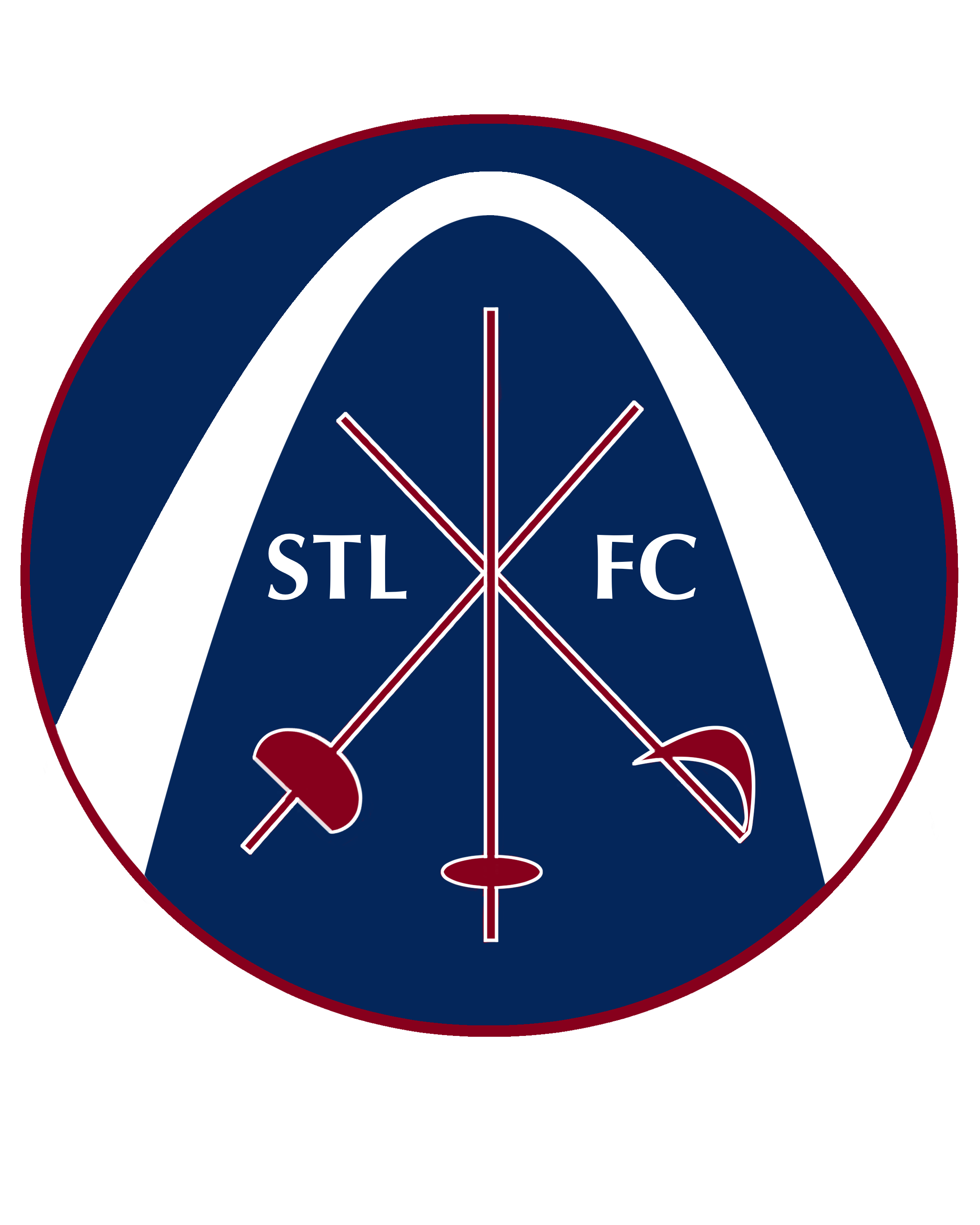Fencing is a dynamic and strategic sport that combines athleticism with precision. In the world of fencing, scoring is a crucial aspect that determines the winner of a match. Unlike some sports where scoring may seem straightforward, fencing has a unique and intricate scoring system that reflects the complex nature of the sport. In this article, we will delve into the rules and methods behind fencing scoring, shedding light on the nuances that make it an art as much as a science.
Basic Rules of Fencing:
Fencing is contested with three different weapons: foil, epee, and sabre. Each weapon has its own set of rules, and therefore, its own scoring system.
1. Foil:
– In foil fencing, the valid target area is the torso, excluding the arms and head.
– Points are scored by touching the opponent’s valid target area with the tip of the foil.
– The fencer who initiates an attack is known as the “attacker” or “fencer in offense,” while the opponent is the “defender” or “fencer in defense.”
– Points are awarded based on the rules of priority (right of way). The fencer with the right of way must complete a valid attack to score a point.
2. Epee:
– Epee is unique in that the entire body is considered a valid target.
– Points are scored by touching any part of the opponent’s body with the tip of the epee.
– Unlike foil, there is no concept of priority or right of way in epee. Both fencers can score simultaneously, leading to double touches.
3. Sabre:
– In sabre fencing, the valid target area includes the entire upper body, including the head, arms, and torso.
– Points are scored by using the cutting edge or the tip of the sabre to touch the opponent’s valid target area.
– Similar to foil, sabre also employs the concept of right of way. The fencer who establishes the right of way and lands a valid touch is awarded a point.
Scoring Actions in Fencing:
1. Attack:
– An attack is an offensive action initiated by extending the weapon and threatening the opponent’s target area.
– In foil and sabre, the attacker gains the right of way, and if the attack is successfully completed, a point is scored.
2. Parry:
– A parry is a defensive action where a fencer blocks or deflects the opponent’s attack using their weapon.
– Successfully parrying an attack allows the defender to gain the right of way and potentially counter-attack to score a point.
3. Riposte:
– A riposte is the immediate counter-attack by the defender after successfully parrying the opponent’s attack.
– If the riposte lands on the opponent’s valid target area, the defender scores a point.
4. Counter-Attack:
– A counter-attack is an offensive action taken by a fencer while avoiding or parrying the opponent’s attack.
– Points are awarded if the counter-attack lands on the opponent’s valid target area.
Fencing scoring is a precise and strategic system that requires fencers to master both offensive and defensive techniques. The concept of right of way adds an additional layer of complexity, making it essential for fencers to not only score points but also understand the timing and execution of their actions. As a sport that values skill, speed, and precision, fencing scoring exemplifies the artistry and athleticism that define this captivating discipline. To get into the sport or if you are just curious and want to give it a try, check out our available classes by clicking here.

